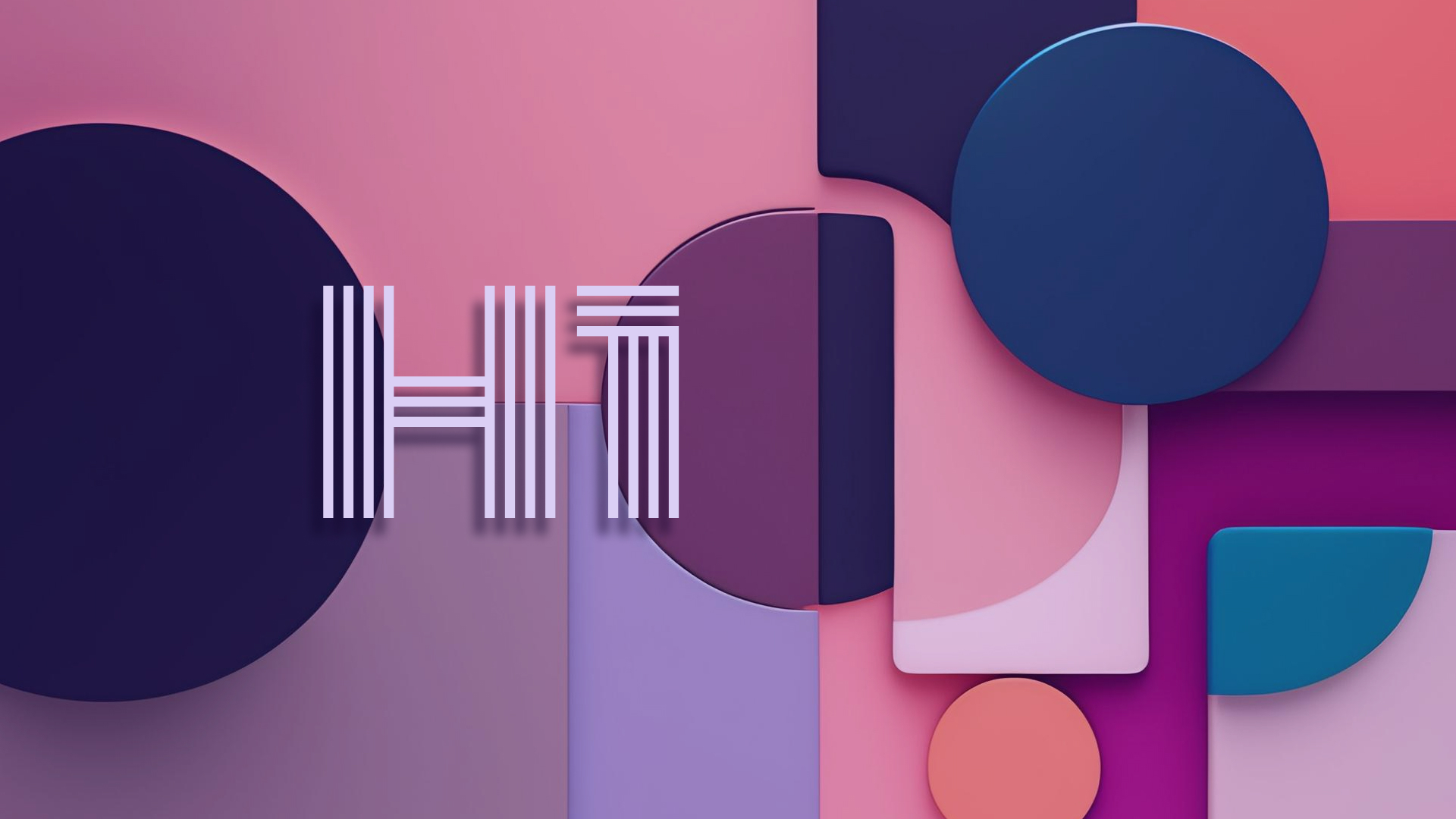
Web Design: how to choose color palette and body copy
A website, a landing page, a platform, an e-commerce, have in common the need to be performant, usable and attractive. This is achieved by web design, which is the art of creating and organizing the content of a website.
Web design is composed of a number of elements: from the font chosen for text, to the colors selected, to the images and icons. Each visual aspect creates the user experience that web designers, particularly in the areas of User Experience and User Interface (UX / UI), are always trying to optimize.
How to choose the details of all these aspects? Let’s look at some tips together.
The choice of colors
Defining the colors of a site is not only an aesthetic issue but also a communicative one. In fact, in addition to considering the correct combination and contrast you want to give between the various shades you choose, it is also useful to know the feelings you want to generate. Colors have an important influence on the human brain; they arouse sensations, feelings and specific cultural associations. For example, red represents energy, green represents nature, yellow represents cheerfulness, and so on, but each symbolism might change depending on the context in which it is represented.
Therefore, when designing a website, color choices have an important meaning. You need to choose background and foreground colors, shades to highlight the button with the call to action rather than those useful to make icons stand out. Colors lead to action so you need to know your target audience very well to understand how to draw attention to a specific spot.
The text character
The font selected for the website must be an aesthetically good choice and also functional for easy and pleasant enjoyment of the content. There are so many types of fonts, to begin with it is useful to select those fonts that are highly visible on the web so that readability is optimal. To be readable, a font must be linear, have proper horizontal and vertical spacing, and be well aligned. Having defined these characteristics, the choice of font must be in line with the brand identity. For example, a stick font if you want to represent modernity, a font with graces for luxury and elegance, more bold for an energetic brand, rounded for a more friendly and playful style.
Once you have chosen the font, you need to prioritize the various texts and then choose different styles for title, subtitle, call to action, paragraph, and so on.
The text speaks to its target audience not only in content but also in shape, size and color so the company values and the message to be conveyed are in every detail.
Omninext design
The Omninext rebranding held in 2023 aimed to best represent the group’s values also in the website.
Starting with colors, five appropriate shades were selected:
- the blue renamed Deep Space to give the idea of the Group’s daily exploration of new frontiers in pursuit of innovation. It is a more bold shade than the historic blue color of Omninext;
- the Waiting Sunrise that fades from blue to orange and represents the moment of transformation that comes with coordinated research and work;
- the tone of orange called Atomic Tangerine that indicates the starting point of innovation;
- the Mint Green associated with growth and the desire for a sustainable future;
- the First Black to represent the unknown to be discovered.
Visual communication is part of a company’s brand identity, which is why in the restyling of the Omninext group, ad hoc graphics were chosen. The icons, in fact, were designed one by one with the purpose of representing not only the industry or service of reference, but also the basic concepts of innovation and transformation.
Therefore, Omninext’s visual Identity is an expression of the Group’s ecosystem.
For more, the full presentation of the Group’s rebranding: Brand Restyling




